Not Found
The page or the product you are looking for is no longer available. Please see other products: https://ozrobotics.com/shop/
Browse Hottest Products
-
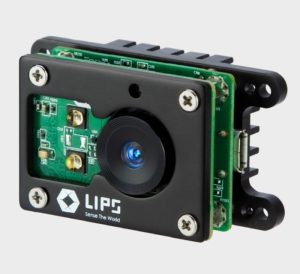
LIPSedge M3 LED 3D ToF Embedded Camera, 3D Camera for Embedded Systems
Sale! Original price was: $259.00.$199.00Current price is: $199.00. Brand: LIPS Corporation
-
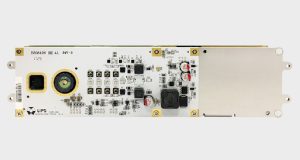
LIPSedge AT 3D Depth Sensing FPGA-based ToF Camera
Sale! Original price was: $609.00.$599.00Current price is: $599.00. Brand: LIPS Corporation
-
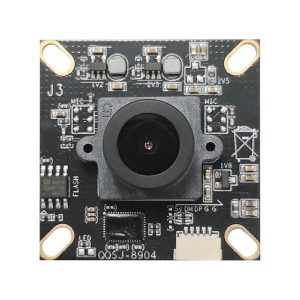
Global Shutter USB Camera Module
$102.00 Brand: Dogoozx Technology
-

DTX-LG Precision Roller Linear Guide Bearing Steel for CNC Lathes
Sale! Original price was: $35.00.$30.00Current price is: $30.00. Brand: DTX-LG
-

Two Stage Servo High Torque Precision Planetary Reduction Gearbox NB-090-2
Sale! Original price was: $924.00.$652.00Current price is: $652.00. Brand: Honpine
-

One Stage Precision Planetary Reduction Gearbox for Servo Motor NB-090
Sale! Original price was: $566.00.$528.00Current price is: $528.00. Brand: Honpine
-
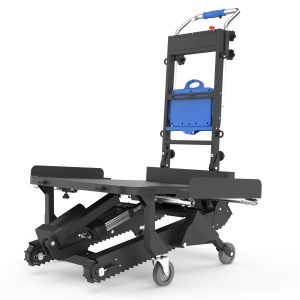
CT250S Self-Balancing Electric Stair Climber Dolly – 551 lbs Capacity, Master Operation in 3 Seconds
Sale! Original price was: $3,999.99.$3,399.99Current price is: $3,399.99. Brand: XSTO Stair Climbers
-
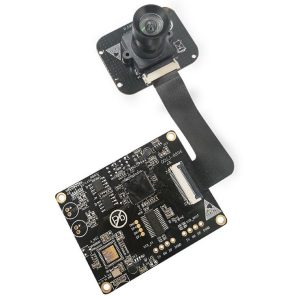
4K-12MP Split USB Camera Module
$154.70 Brand: Dogoozx Technology
-

Mangoal Front 4K and Rear Dash Cam with STARVIS Technology, Parking Mode, GPS, App, WiFi and Audio On/Off
Sale! Price range: $100.00 through $399.99 Brand: Mangoal
-
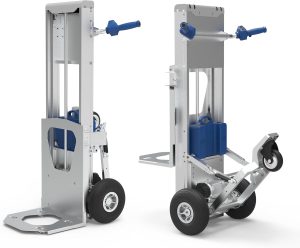
375 lb Electric Material Lift Stacker Motorized Hand Trucks Dolly Moving Cart, Max Lift Height of Loading Plate XSTO LFC170F3
$2,650.00 Brand: XSTO Stair Climbers
-
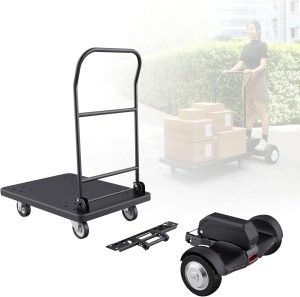
Electric Platform Trucks, Foldable Push Cart Dolly 661 LBS Capacity, 1000W Powered Heavy Duty Flatbed Cart with 360° Swivel Wheels for Warehouse Material Handling ET300P2
$1,599.99 Brand: XSTO Stair Climbers
-

Adeept PiCar Pro V2 AI Powered Robot Kit (Raspberry Pi NOT Included)
Sale! Original price was: $199.99.$164.99Current price is: $164.99. Brand: Adeept
-
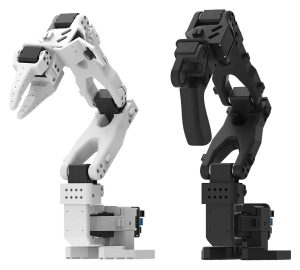
Hiwonder LeRobot SO-ARM101 Open Source 6 Axis Robotic Arm (Advanced Kit/Assembled)
$519.99 Brand: Hiwonder
-

Hiwonder LeRobot SO-ARM101 Open Source 6 Axis Robotic Arm (Standard Kit/Assembled)
$474.99 Brand: Hiwonder
-

Hiwonder LeRobot SO-ARM101 Open Source 6 Axis Robotic Arm (Starter Kit/Assembled)
$440.99 Brand: Hiwonder
-
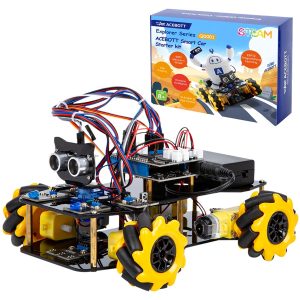
ACEBOTT Smart Robot Car Kit Compatible with Arduino IDE Programming STEM Education Coding Kit
$108.98 Brand: ACEBOTT
-
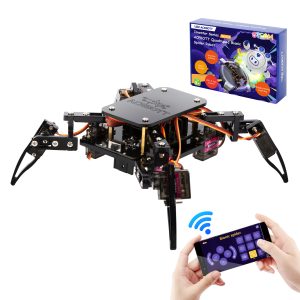
ACEBOTT STEM ESP8266 Arduino Compatible Spider Robot Kit for Robotics Projects
$99.98 Brand: ACEBOTT
-
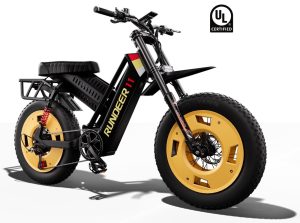
Rundeer Electric Bike Engineered for Adventure and Athletic Performance
Sale! Price range: $2,099.00 through $2,199.00 Brand: RUNDEER

